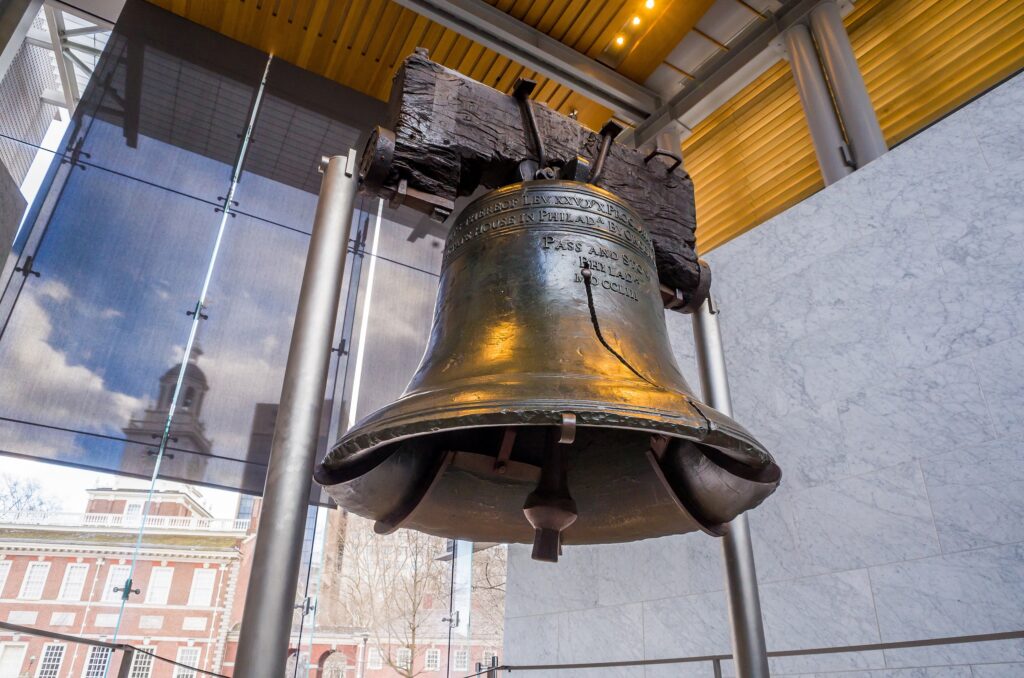Campbell earthquake plan no better than Feinstein’s
Perhaps this is what had California Earthquake Authority CEO Glenn Pomeroy so optimistic last week. News came down today that Rep. John Campbell, R-Calif., has introduced the Earthquake Insurance Affordability Act, companion legislation to a similar bill sponsored in the Senate by Sen. Dianne Feinstein, D-Calif.
The fact that Campbell is a Republican and Feinstein a Democrat means we have here an excellent example of bipartisan wrong-headedness. It is, as Eli Lehrer calls it over on the FrumForum, a “terrible, horrible, no good, very bad bill.”
The measure would extend federal loan guarantees to state earthquake insurance programs (the only existing such program is the California Earthquake Authority itself, naturally) that would allow them, in the wake of a major quake, to issue debt securities that would finance claims payments with the U.S. Treasury standing behind repayment of all principle and interest.
That sounds complicated, but the point of the bill is to allow the program to purchase less private reinsurance. This, supporters say, would reduce the price of its coverage and thus encourage more private citizens to buy the product. Campbell estimates the legislation would save the CEA “$100 million per year and allow it to lower its rates by 20%, expanding earthquake insurance coverage across the state.”
It is true that Californians, by and large, do not buy earthquake insurance coverage. Though 80% of the state’s population live in earthquake-exposed areas, take-up of the insurance is only around 10%. No one would deny that the coverage is costly, but whether a 20% decrease in cost would actually lead to a significantly greater insured rate is debatable. At the time of the 1994 Northridge quake, when coverage was much cheaper, only about 25% of the state’s homeowners bought it. As a former Californian myself, I can testify that many property owners, rather than paying premiums, would rather invest in seismic mitigation, hardening their homes against extreme loss.
But beyond the question of whether the plan to expand take-up would be effective is the bill’s more central problem. As I noted recently, banks, investors and the capital markets already are clamoring to take on earthquake risks — both through traditional reinsurance and through catastrophe bonds — even without a federal guarantee program. It makes no sense to lay risks onto taxpayers that the private sector already is eager to take on itself.
The effect of the legislation would, in fact, be to offer an explicit federal subsidy from the rest of country to California’s property insurance market. It should be no surprise to see that, in addition to the CEA, among the bill’s other backers are the California Association of Realtors and the California Building Industry Association.
On the website established by supporters of the bill to explain their policy goals, it is noted that the CEA spends 40% of its premiums on reinsurance. The site notes:
Since it opened in 1996, the CEA has paid reinsurers $2.9 billion—reinsurers have paid CEA $250,000 for claims.
Such claims are intended to imply that the problem the authority face is reinsurance industry gouging. This is obfuscating in ways the CEA, as a catastrophe insurer itself, must know is horribly misleading. The long-tailed nature of catastrophe insurance dictates that while many years can go by with few or no claims, all of that good fortune can be erased in a single event. The Northridge quake alone caused $20 billion in damages.
Indeed, in the CEA’s last report to the California legislation, it noted that its member insurers collected $583 million in earthquake insurance premiums in 2010. And what did they pay out in claims?
The CEA and its participating insurers responded to 371 policyholder claims in 2010, resulting in payments of $68,320. The year 2010 had the largest number of CEA claims since 2003, when the San Simeon earthquake struck California’s Central Coast.
Supporters of the bill also look to sell it as actually offering taxpayers relief from future disaster costs. They note on the earthquakerecovery.com site that:
Federal taxpayers were on the hook for more than $9 billion after the 1994 Northridge quake, while California’s taxpayers chipped in more than half a billion dollars more
The implication is that, if the bill were to be passed, government entities would not incur such costs in the future. In truth, most post-disaster spending is for items that have little or nothing to do with the prevalence of insurance coverage. These include obvious items, like spending on medical personnel and search and rescue teams. It also includes SBA recovery loans to small businesses and grants to state and local authorities to repair roads, bridges, tunnels, schools, hospitals, government facilities and other public infrastructure that aren’t insured in the private market.
It’s true that greater take-up of earthquake insurance might displace some FEMA disaster grants given to some property owners to repair or replace uninsured damage. But a more appropriate response to the moral hazard such grants engender would be to limit the grants to items for which no private insurance coverage exists. That also would encourage take-up of earthquake insurance, while actually reducing taxpayer exposure, the opposite of what the EIAA would do.
Supporters of the bill also have been repeating the claim from Sen. Feinstein that the “EIAA will cost taxpayers zero: All fees and costs–without exception–are borne by the qualified state program.” The assertion is ludicrous on its face. If there were no risk to taxpayers, there would be no need for the legislation!
The CEA and any other earthquake insurer can always issue surplus notes, seek letters of credit or take on other forms of debt to boost its claims-paying ability. What this bill does is move the risk of default on that debt from the entity itself to the federal government.
There have been other notable institutions that have enjoyed similar treatment for their debt securities, and that similarly have claimed for years that taxpayers faced absolutely no risk. Two of the more famous ones?
Fannie Mae and Freddie Mac.
Cost to taxpayers? $1 trillion and rising.








